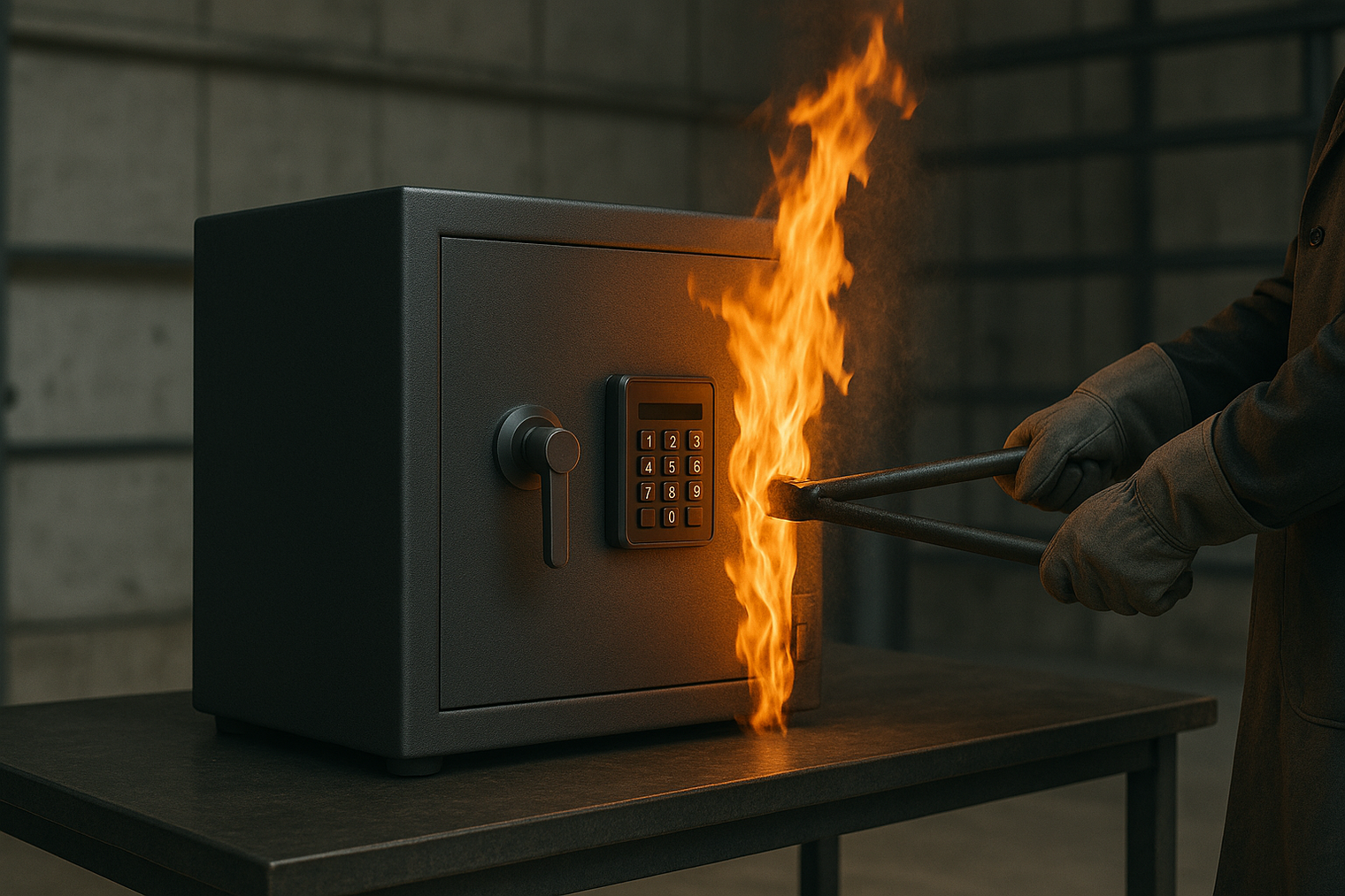Protecting important documents from fire, moisture, and other hazards isn’t just about buying a safe—it’s about storing them correctly inside it. Even the best fireproof safe can fail to protect your papers if you overlook organization, humidity control, and internal protection. Here’s a step-by-step guide to ensure your documents remain safe and intact for years to come.
1. Choose the Right Fireproof Safe
Start with a high-quality fireproof safe that has at least a 1-hour fire rating. Look for UL (Underwriters Laboratories) or ASTM certification—these independent standards verify the safe’s ability to withstand high heat. The higher the fire rating, the more protection your documents will have during an actual fire.
2. Use Fire-Resistant Folders or Pouches
Simply placing papers directly into the safe isn’t enough. For an extra layer of protection, store documents inside fire-resistant folders, pouches, or sleeves. These are designed to shield paper from heat damage and can buy extra minutes of safety in extreme conditions.
Tip: Avoid cheap plastic sleeves or folders with low melting points—they could fuse together in high heat. Opt for paper-based or specialized fireproof materials.
3. Control Moisture Inside the Safe
Fireproof safes are often tightly sealed, which means humidity can build up over time. To prevent mold, yellowing, or deterioration, place silica gel packs or a small dehumidifier inside. Replace or recharge them periodically to keep humidity at bay.
4. Organize and Label for Easy Access
Use clearly labeled folders to sort documents by category:
-
Identification: Passports, birth certificates, driver’s licenses
-
Legal Documents: Wills, deeds, marriage certificates
-
Financial Records: Bank statements, insurance policies, tax returns
Not only does this make retrieval easier, but it also minimizes the time the safe needs to stay open—reducing the risk of heat and moisture exposure.
5. Choose the Right Safe Location
Even a fireproof safe benefits from strategic placement. Keep it in a dry, stable area, away from kitchens, fireplaces, or direct sunlight. Avoid damp places like bathrooms or basements, where moisture and temperature changes can accelerate damage.
6. Keep Digital Backups
No matter how fireproof your safe is, always have scanned digital copies of your most important documents stored securely in cloud storage or an encrypted USB drive kept outside your home. This ensures you still have access if physical copies are lost.
7. Consider Double-Layer Protection
For critical papers, you can store them inside a fireproof document bag or lockbox placed inside the safe. This “safe within a safe” method adds another barrier against heat and moisture.
Final Thoughts
A fireproof safe is a powerful tool for safeguarding important papers, but true protection comes from proper storage practices. By combining certified fireproof equipment, fire-resistant folders, humidity control, smart organization, and digital backups, you can protect your valuable documents from both fire and moisture damage.

